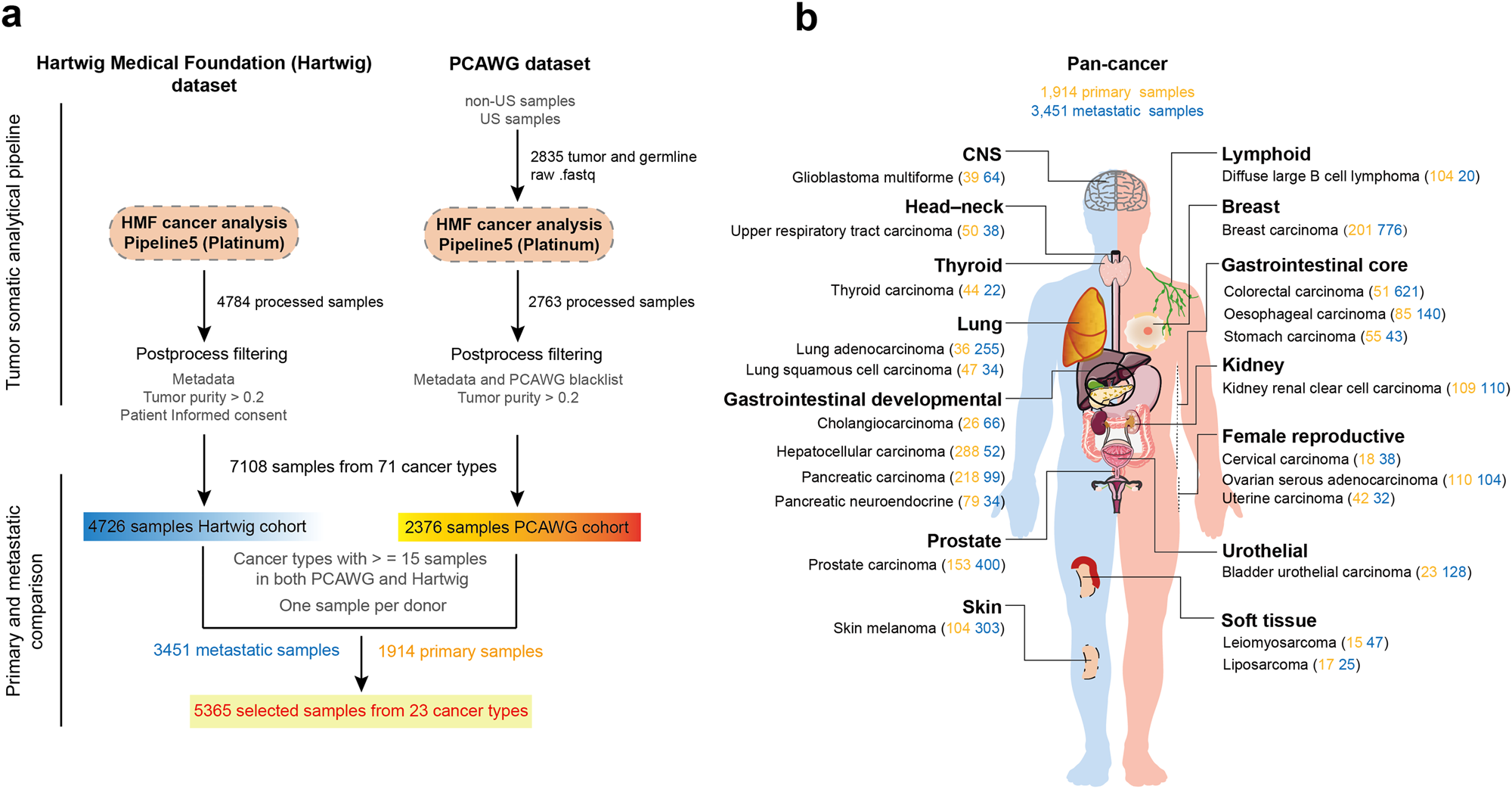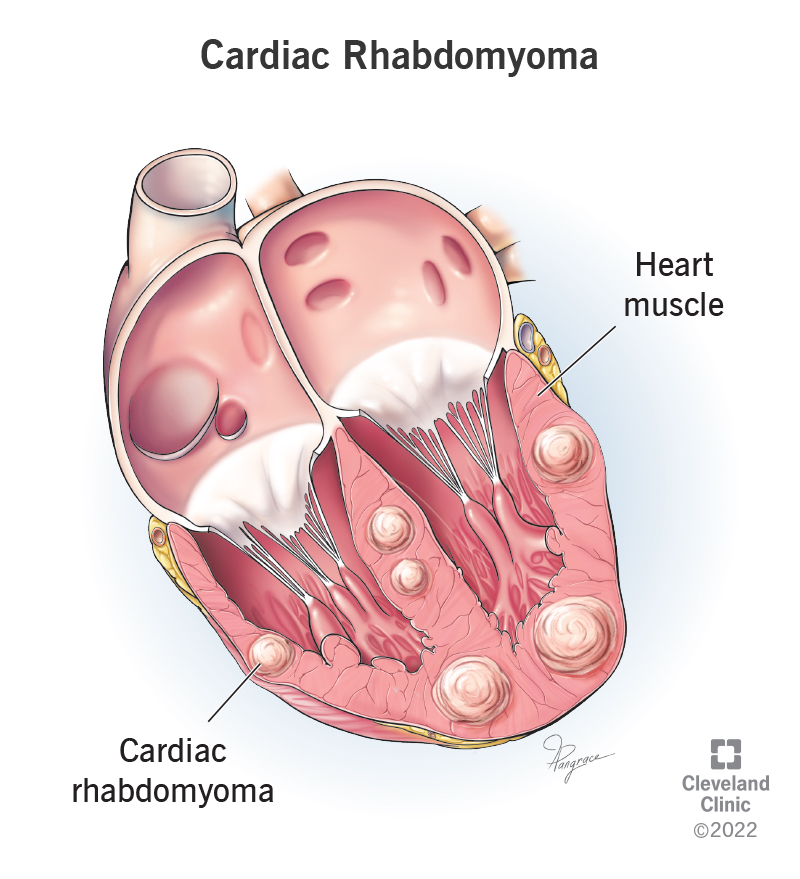Cardiac Tumors: An In-Depth Look
Cardiac Tumors: An In-Depth Look
Learning Objectives
- Describe the gross and microscopic appearances, and the gross and clinical manifestations of the most common primary cardiac neoplasms in children and adults.
- Explain the genetic associations of some cardiac neoplasms.
Cardiac Tumors
Cardiac tumors can be classified into primary and metastatic. Primary tumors originate in the heart itself, while metastatic tumors spread from other parts of the body to the heart. Among the primary cardiac tumors in children and adults, the most common types are myxomas, fibromas, lipomas, papillary fibroelastomas, and rhabdomyomas. These account for 80-90% of primary cardiac tumors and are generally benign.

Primary Cardiac Tumors
Myxoma
- Most common primary tumor of the heart in adults (female > male)
- Usually single tumors ranging in size from less than 1 cm to more than 10 cm
- Can be sessile or pedunculated
- Approximately 90% occur in the atria, with the fossa ovalis in the left atrium being the preferred site
- Clinical Presentation:
- "Ball-valve" obstruction: Pedunculated tumors can move into or through the atrioventricular (AV) valves during systole, causing intermittent obstruction that may be position dependent, leading to symptoms such as dyspnea, syncope, orthopnea, and diastolic murmurs
- Embolization: Can cause strokes
- Constitutional symptoms: Include fever, malaise, and joint pain, often associated with cytokine IL-6
- Surgical removal is typically curative, with rare recurrences
- Pathology:
- Gelatinous appearance with possible hemorrhage
- On histology: Myxoma cells, blood vessels, and acid mucopolysaccharide ground substance

Carney Complex
- Autosomal dominant syndrome
- Characterized by spotty pigmentation of the skin, primary pigmented nodular adrenocortical disease, myxomas of the skin (cutaneous), heart, breast, and other sites
- Also associated with growth hormone–producing pituitary adenomas and psammomatous melanotic schwannomas

Rhabdomyoma
- Most common primary cardiac tumor in infants and children, often discovered in the first year of life
- Associated with Tuberous Sclerosis in about 50-80% of cases
- Commonly occurs in the ventricles and may be multiple
- Clinical symptoms depend on tumor location and size and can include congestive heart failure (CHF), arrhythmias, valve obstruction, and sudden death
- Often regresses spontaneously
- Pathology:
- Bizarre, markedly enlarged myocytes called “spider cells”

Tuberous Sclerosis
- Autosomal dominant genetic disorder
- Caused by defects in TSC-1 and TSC-2 genes, which encode for proteins hamartin and tuberin respectively
- Manifestations include:
- Brain: Subependymal nodules, subependymal giant cell astrocytomas, cortical tubers
- Eyes: Retinal hamartomas, chorioretinal hypopigmented lesions
- Skin: Facial angiofibromas, forehead plaque, hypopigmented macules, shagreen patches, ungual fibromas
- Lungs: Lymphangioleimyomatosis
- Kidneys: Angiomyolipomas, cystic disease, renal cell carcinoma

Papillary Fibroelastoma
- Incidental, sea-anemone-like lesions often found at autopsy
- Potential to embolize
- Typically located on valves, often on the ventricular surfaces of semilunar valves
- Pathology:
- Cores of fibromyxoid connective tissue and elastic fibers lined by surface endocardial cells

Fibroma
- Second most common primary cardiac tumor in children
- Commonly located on the septum of the left ventricle
- Clinical symptoms depend on tumor size and location
- Unlike rhabdomyomas, fibromas do not regress and may require surgical resection for symptomatic patients
- Pathology:
- Composed of fibroblasts and collagen

Metastatic Cardiac Tumors
- Common primary sites include lung, breast, melanoma, lymphoma, leukemia, liver, colon, and kidney
- Tumors can spread to the heart via direct spread, hematogenous, lymphatic spread, or venous extension
- Common sites of cardiac involvement: Pericardium and myocardium

Thank you for your time and attention.